Advertisement
When people hear “GPT,” they often think of a chatbot that can write, explain, or brainstorm on demand. But the journey from GPT-1 to GPT-4 is more than just a story of bigger and better machines. It’s a gradual shift in how machines process language, understand context, and respond with surprising fluency. OpenAI’s models didn’t leap to brilliance overnight.
Each version added something new—more parameters, better reasoning, or tighter control. If you’ve ever wondered how we went from simple text generation to advanced conversational tools, looking at each GPT model side by side tells a fascinating story of AI evolution.
When OpenAI introduced GPT-1 in 2018, it didn't get much mainstream attention—but it laid the foundation for everything that followed. With 117 million parameters, GPT-1 was trained on a large slice of the internet, including books and articles. The architecture followed a simple idea: feed a transformer enough text, and it learns to guess what comes next. The model performed reasonably well in tasks like question answering and summarization, but it wasn't polished. It worked best as a proof of concept, showing that large-scale transformers could handle general language tasks better than many specialized models.
GPT-1 was not built to chat or answer with context like later versions. It operated more like a predictive engine that worked well only when prompted in a very specific way. Still, it introduced the concept of transfer learning to natural language processing on a major scale. That was a big leap from older models that needed separate training for each task.
GPT-2 arrived in 2019 and changed the conversation. OpenAI’s second major release had 1.5 billion parameters, more than ten times that of GPT-1. With that scale came better fluency, improved coherence, and far more general-purpose use cases. GPT-2 could generate entire articles, write code snippets, and carry out basic dialogue.
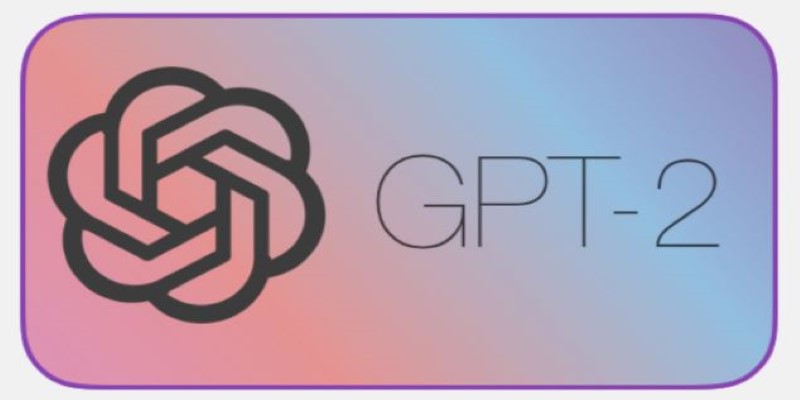
It wasn’t just the size that made GPT-2 impressive—it was its unpredictably sharp output. People started using it to write fiction, explain math problems, or simulate conversations. While the quality varied, GPT-2 made it clear that OpenAI language models could serve creative and practical tasks without needing extra fine-tuning for each use.
However, GPT-2 had its downsides. It could ramble, contradict itself, or repeat phrases. And since it lacked memory across turns, it wasn’t suited for deep conversations. Still, it laid the groundwork for how generative AI could assist in writing, summarizing, and brainstorming.
GPT-3, released in 2020, moved the game forward in a major way. With 175 billion parameters, GPT-3 was a monster in terms of size and capability. It didn't just understand prompts—it could shift tone, complete tasks across different languages, and even simulate different writing styles. GPT-3’s jump in accuracy and fluidity made it the first OpenAI model to attract mainstream developer interest. It powered hundreds of tools across industries, from customer support bots to personal productivity apps.
Its ability to follow “few-shot” and “zero-shot” instructions—where you give it a small number of examples or even none—was one of its most valuable traits. You could ask GPT-3 to write a haiku or explain a technical concept, and it often delivered something surprisingly close to human quality.
Still, GPT-3 had blind spots. It sometimes made things up, known as hallucination. It didn't really "understand" context across longer conversations. While impressive, its outputs could be verbose or wander off-topic without careful prompting. GPT-3 offered more control than its predecessors but still needed heavy supervision in professional use.
GPT-4, introduced in 2023, didn't follow the same pattern of just "getting bigger." OpenAI hasn't disclosed the full number of parameters, but what GPT-4 brought instead was a noticeable improvement in reasoning, instruction following, and tone control. It handled longer prompts better, remembered prior context more consistently, and worked more effectively in multi-turn interactions.
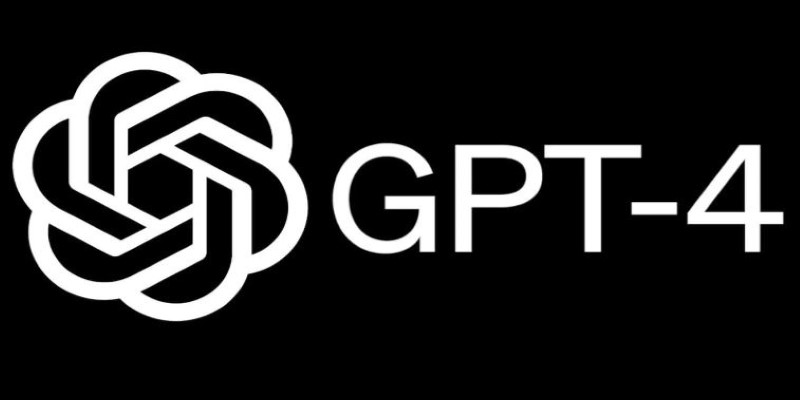
One major upgrade in GPT-4 was how well it managed subtle tasks—fact-checking, reasoning through complex steps, or understanding nuanced phrasing. It’s what made GPT-4 the default engine for many AI tools in education, law, medicine, and programming. Even though it didn’t always outperform GPT-3.5 in speed, the quality of output usually felt more natural and deliberate.
Another key difference was GPT-4’s increased safety features. It filtered biased responses better, followed ethical guardrails more tightly, and allowed better alignment with user intent. These refinements made GPT-4 better suited for environments that required consistency, tone awareness, and deeper factual grounding.
That said, GPT-4 is slower in many real-world uses. Its larger processing load and deeper reasoning patterns often lead to longer response times. This trade-off between quality and speed is a common talking point when comparing GPT-1 to GPT-4 and all the steps in between.
From GPT-1 to GPT-4, OpenAI language models evolved from rough text generators to powerful tools that now play roles in classrooms, courtrooms, and code editors. Each generation brought more than just bigger models—it introduced smarter behavior, wider capabilities, and better alignment with human needs. GPT-1 showed it could be done. GPT-2 proved it could be useful. GPT-3 made it flexible and commercial. GPT-4 turned it into something closer to a collaborator. We're not seeing perfection yet. Hallucinations still happen. Biases haven't vanished. And the slower pace of GPT-4 reminds us that better isn't always faster. But the evolution shows a clear direction: AI that listens to more, reasons better, and fits more naturally into human conversation. That’s what sets the full story of GPT-1 to GPT-4 apart—it’s not just about bigger models, but about better ones.
Advertisement
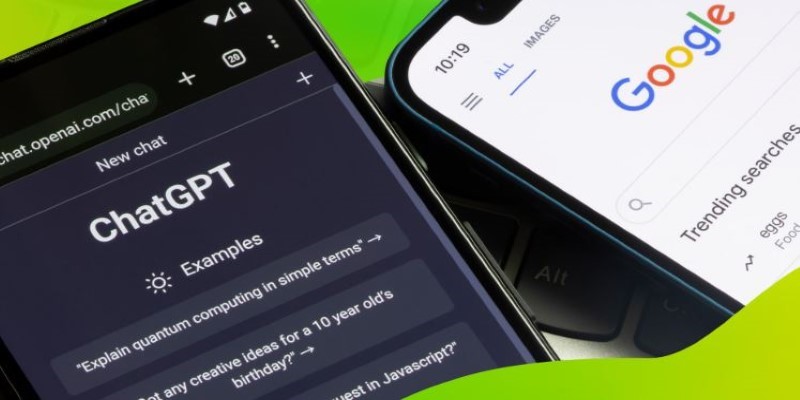
Is ChatGPT a threat to search engines, or is it simply changing how we look for answers? Explore how AI is reshaping online search behavior and what that means for traditional engines like Google and Bing
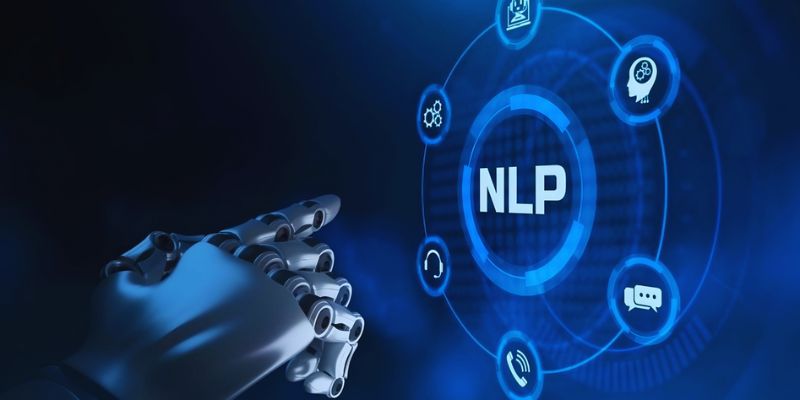
Start learning natural language processing (NLP) with easy steps, key tools, and beginner projects to build your skills fast

How to enable ChatGPT's new beta web browsing and plugins features using the ChatGPT beta settings. This guide walks you through each step to unlock real-time web search and plugin tools

Discover practical methods to sort a string in Python. Learn how to apply built-in tools, custom logic, and advanced sorting techniques for effective string manipulation in Python

How inference providers on the Hub make AI deployment easier, faster, and more scalable. Discover services built to simplify model inference and boost performance
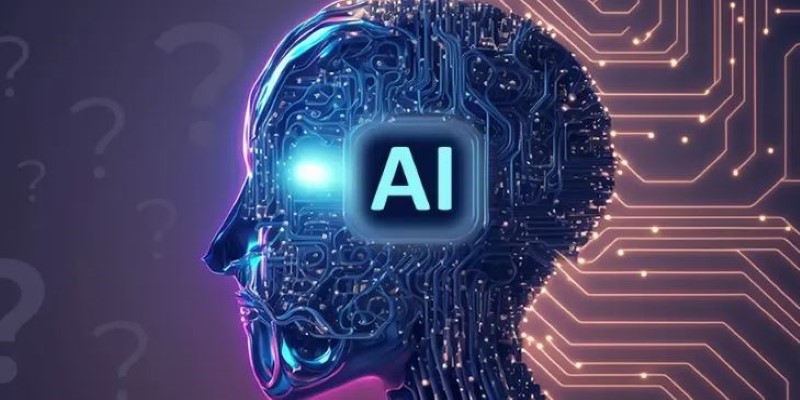
Is it necessary to be polite to AI like ChatGPT, Siri, or Alexa? Explore how language habits with voice assistants can influence our communication style, especially with kids and frequent AI users
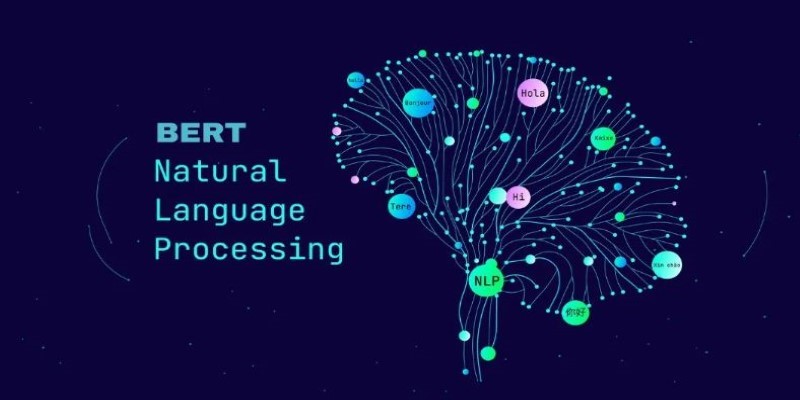
How the BERT natural language processing model works, what makes it unique, and how it compares with the GPT model in handling human language

How to write effective ChatGPT prompts that produce accurate, useful, and smarter AI responses. This guide covers five clear ways to improve your results with practical examples and strategies
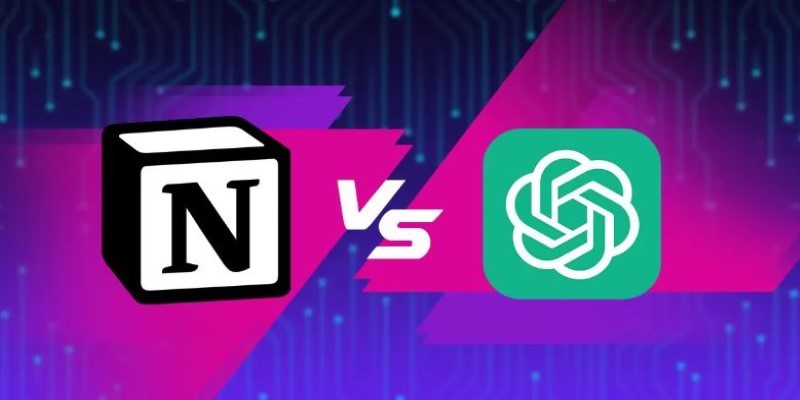
Compare Notion AI vs ChatGPT to find out which generative AI tool fits your workflow better. Learn how each performs in writing, brainstorming, and automation

What is the AI alignment control problem, and why does it matter? Learn how AI safety, machine learning ethics, and the future of superintelligent systems all depend on solving this growing issue

Explore 5 real-world ways students are using ChatGPT in school to study better, write smarter, and manage their time. Simple, helpful uses for daily learning
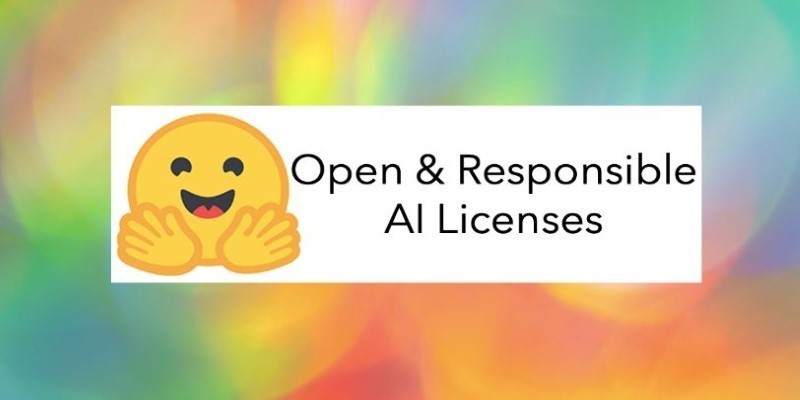
OpenRAIL introduces a new standard in AI development by combining open access with responsible use. Explore how this licensing framework supports ethical and transparent model sharing